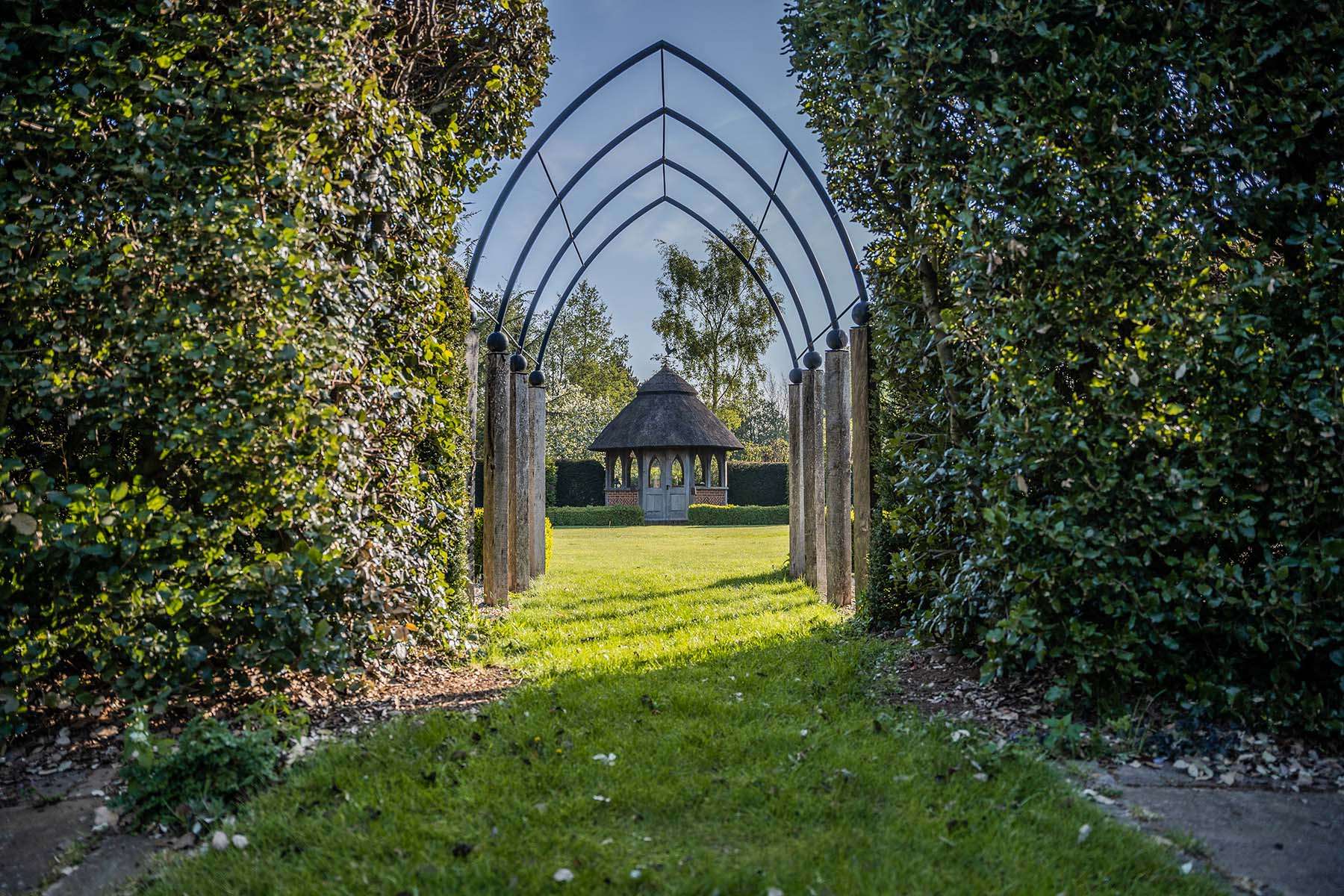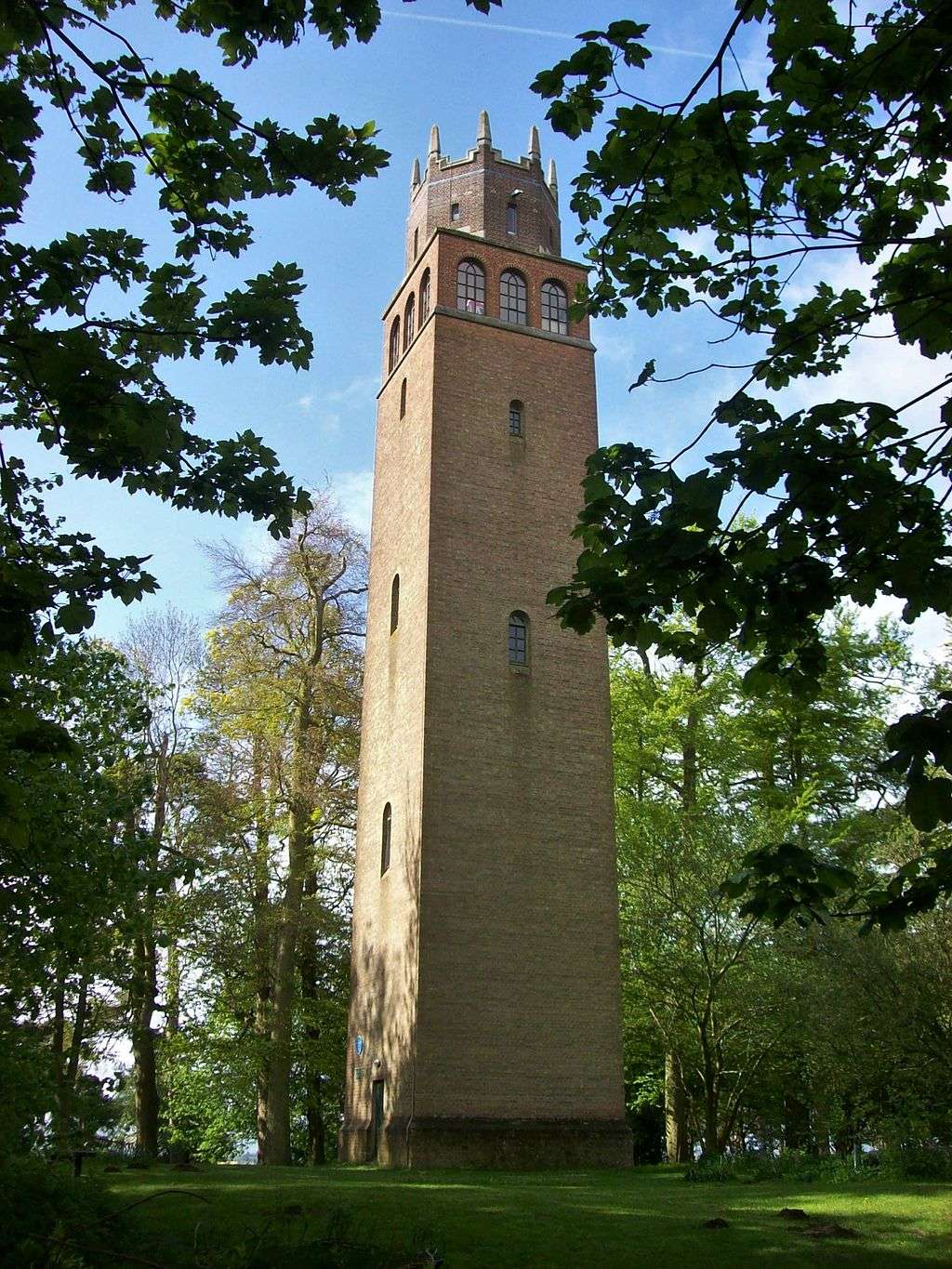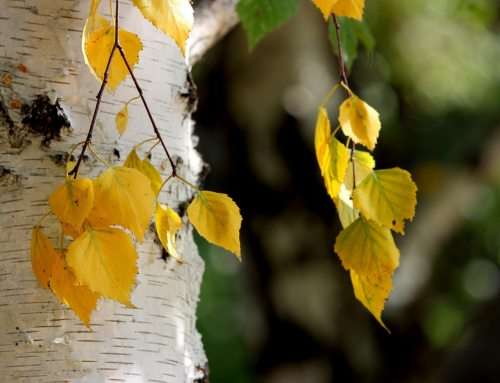The Aesthetic Wonder of Follies
By Sam Halliday
Sam decided to pursue his passion for landscape and the natural environment after beginning his career in architecture. Sam now works as a landscape designer for Nicholsons, offering a diverse and detailed skillset to our design team.
Typically found in grand country estates, follies were typically built for fun – to add unique architectural or sculptural extravagance to the wider landscape, creating a focal point and destination.
Follies rose to their highest popularity in the 18th and 19th centuries and used to be a luxury, limited only to the very wealthy. However, they’re now appearing in gardens all over the country. Follies can be simple features or overindulgent decorative structures, ranging from bridges that go nowhere, to towers, temples or monuments.

As these structures are designed solely for decorative beauty and not necessarily serving any function, the name ‘follies’ is associated with the English term ‘foolishness’ and the French term ‘folie’ meaning madness, extravagance or delight.
Faringdon Folly is a firm favourite for me, notably linked to childhood memories and using it as a triangulation marker to understand where I was in the local landscape. The 20th century folly stands proud on Faringdon Hill, semi-masked by a pine woodland. It has magnificent views over Thames Valley, White Horse Hill and the edge of the Cotswolds on the other side.
Lord Berners, who commissioned the design and construction of the tower, famously stated that: “The great point of the tower is that it will be entirely useless”.
Most modern-day follies typically serve more of a practical purpose, be it providing a place to sit and pause or a little dining spot deeper into the garden, whilst still providing a whimsical focal point.
At Nicholsons, we have enjoyed designing several unique follies over the years and are excited to take on new ones in the future. Our USP is that our follies must have a purpose… even if that is simply a sanctuary from modern living.






